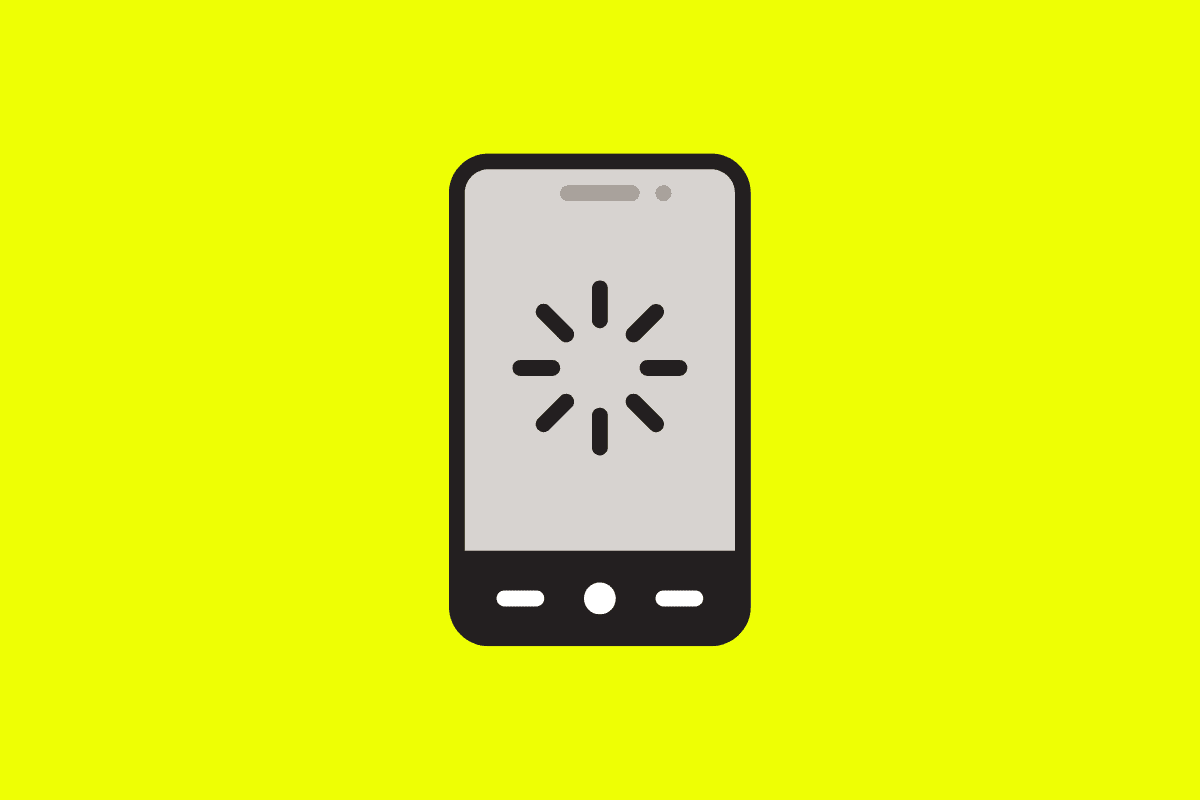
Mobile application performance management and mobile application performance monitoring can often be confused with one another, as they have many similarities.
In this blog, we’ll break down some of the more nuanced differences between these concepts to provide clarity on how each plays a key role in the lifecycle of mobile app development.



